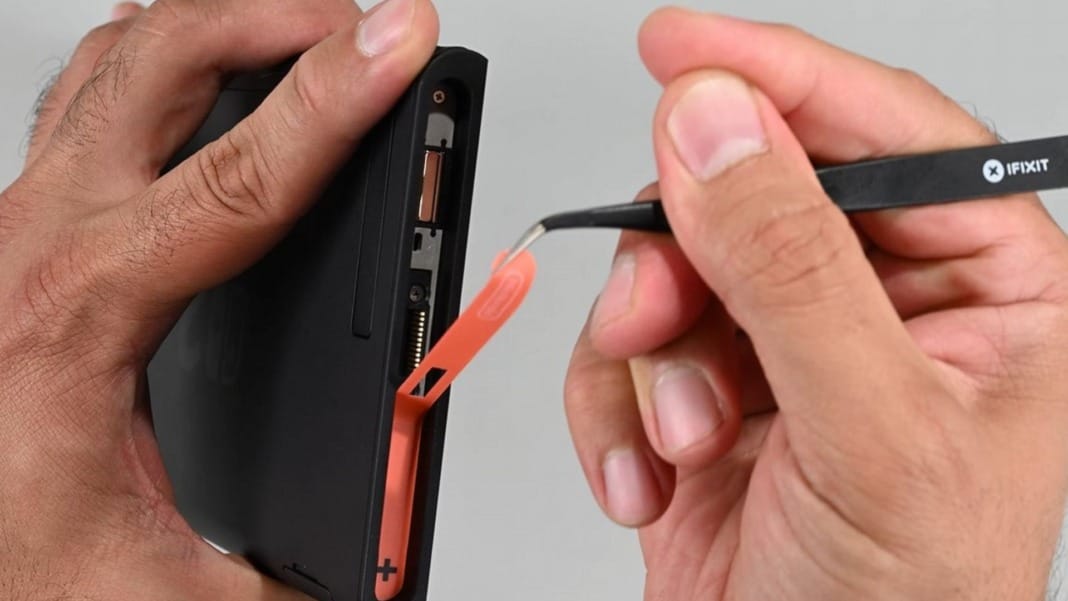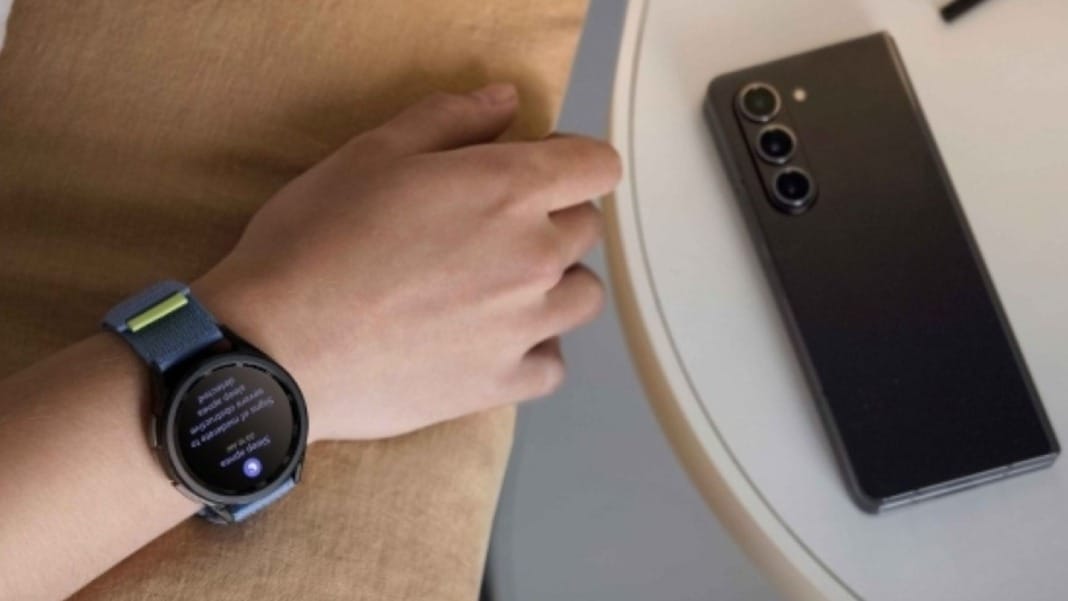If you’ve been hoping the new Nintendo Switch 2 would be easier to fix than the original, you might be disappointed. The well-known repair experts at iFixit recently gave the latest console a repairability score of just 3 out of 10—even lower than the 4 out of 10 score they’ve retroactively applied to the original Switch to match 2025 repair standards. This means Switch 2 is harder to repair than the older model, especially regarding tasks like replacing the battery or the USB-C port.
The lower score is mainly due to several parts being glued or soldered in place. According to iFixit, the Switch 2’s battery is “glued in with powerful adhesive,” just like the original. Removing it is described as “an absolute mission,” requiring plenty of isopropyl alcohol and a wide range of tools. The battery foam fell apart during removal, making future replacements messy.
In addition, key components like the USB-C port and the internal flash storage are now soldered directly to the mainboard, making them very difficult to replace or upgrade.
More hidden screws and no official repair help
Nintendo is still using its signature tri-point screws to hold the Switch 2 together, a screw the company has relied on for years. But this time, many of them are hidden under stickers that tear when removed, which makes disassembly harder and more likely to damage the device.
Unlike the original Switch, Nintendo hasn’t released any official repair parts or manuals for the new model. If your Switch 2 breaks or wears out, contact third-party suppliers and guides for help. Nintendo’s lack of support adds to the challenge of fixing the console alone.
Not all the news is bad, though. Some parts of the Switch 2 are still easy to remove and replace. These include the headphone jack, microphone, speakers, microSD reader, and even buttons soldered to separate breakout boards. The cooling fan, held in with just three screws, is also fairly straightforward to replace.
Joy-Con repairs and thermal paste issues add to the trouble
One of the most frustrating issues with the original Switch was joystick drift in the Joy-Cons, caused by the wear-and-tear of the potentiometer technology used in the sticks. Unfortunately, the Switch 2’s Joy-Cons still use the same type of joystick, and now, they’re even harder to open and repair. If you experience joystick drift again, fixing or replacing the sticks with better alternatives like the Hall effect or TMR joysticks will be more difficult.
iFixit also discovered that Nintendo used three different types of thermal paste in the Switch 2. While thermal paste helps prevent overheating, iFixit notes that similar material in the original Switch would harden over time. This makes removing it more challenging and less effective at keeping the device cool in the long run.
Another downgrade from earlier models is the gamecard reader. This part was modular and simple to remove in the original Switch and Switch OLED. But in the Switch 2, it’s now soldered to the mainboard, just like on the more basic Switch Lite, making repairs or replacements far more complicated.
Overall, iFixit’s findings suggest Switch 2 is not a step forward regarding repairability. While some parts are still simple to access, the battery, Joy-Cons, and other core components have become even more difficult to work with—making it a tough job for anyone trying to keep their console running for years to come.





